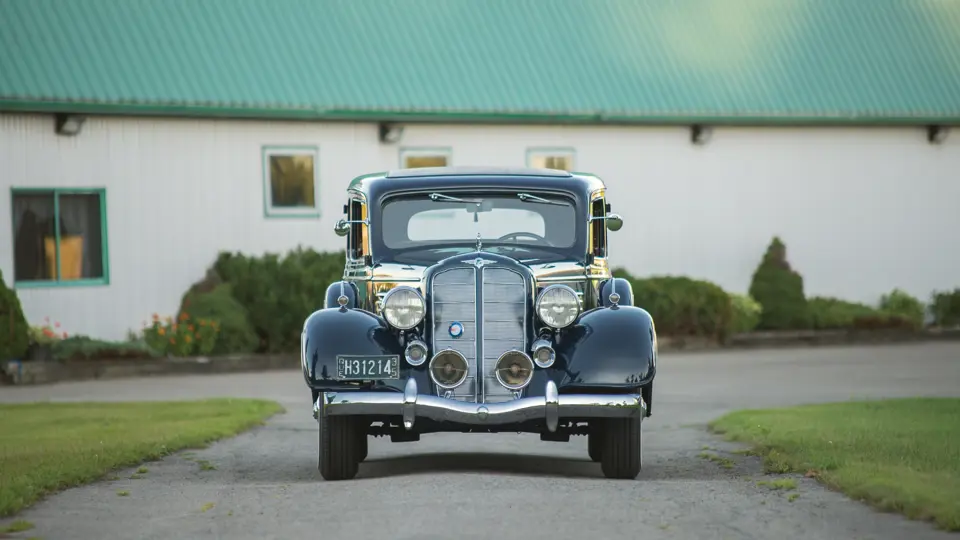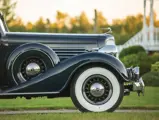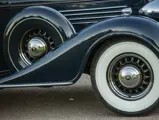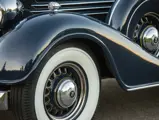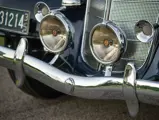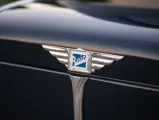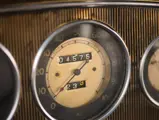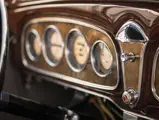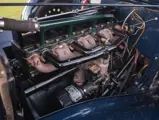Series 60. 100 bhp, 278.1 cu. in. OHV inline eight-cylinder engine, three-speed manual transmission, coil spring independent front suspension, live rear axle with semi-elliptical leaf springs, and four-wheel mechanical drum brakes. Wheelbase: 128 in.
By the late 1920s, eight-cylinder engines had become de rigeur, particularly for upmarket automakers. Buick, with its enviable legacy of sixes, was late in coming to the new fashion. But when it happened, it happened in a massive way. For 1931, Buick launched not one, but three straight eights. Moreover, the three shared almost no tooling or parts. Chief engineer Dutch Bower delegated the design work to his protégé, John Dolza. There was a small, 221-cubic inch unit for the 50 Series, 272.6 cubic inches for the 60 Series, and the 80 and 90 Series shared a big 344.8-cubic inch powerplant that developed 104 horsepower at 2,800 rpm. With three new engines, the transformation was complete. Buick would build exclusively eights for three decades.
In the wake of the new engines, however, Buick sales fell markedly as the Depression deepened. Sales for 1932 were barely half those of 1931, and 1933’s fell further still. Buick needed a guardian angel. Then, two important things happened for 1934. The first was Knee Action independent front suspension; the second was Harlow Curtice.
Knee Action was a coil spring setup developed by General Motors engineering. Often confused with the system of the same name used on 1934 Chevrolets and Pontiacs, Buick’s was something completely different. Whereas the Chevy-Pontiac system was an oil-filled spring-shock absorber developed by French inventor André Dubonnet, and licensed from him, the Buick-Olds-Cadillac Knee Action was a short-and-long arm design by British-born engineer Maurice Olley. The idea of using the same trademark on two radically different systems seems bizarre, but despite inevitable confusion, it saved GM lots of backtracking when the Dubonnet system was found troublesome and the Olley design was extended to the lower-priced nameplates. Rolls-Royce evaluated the GM system and also Packard’s new independent setup, and chose GM’s to use under license.
In addition to Knee Action, the 1934 Buick received a number of other engineering features, a starter switch operated by the accelerator pedal, which would remain a feature for decades, a cowl-mounted fresh-air ventilator, and safety glass. On the Series 90, it was safety glass all around. Other series made it an option. Changes for 1935 were minor, with the Series 60, for example, adopting the folding center rear arm rest from the 90 Series.
Having covered barely 4,500 miles since restoration, this 1935 Model 67 Buick is stunning in dark blue, with brown cloth upholstery. Outfitted with dual side-mount spares, it has wide whitewall tires and sumptuous woodgrain on the dashboard. The integral touring trunk, while becoming popular, was not available on Buick’s four-door sedans by 1935, so this car has a matching external trunk on a rear-mounted folding trunk rack. It wears Trippe Speedlight driving lamps, and accessory directional signals have been inconspicuously fitted for improved safety in modern traffic.
Buick’s most popular style in 1935 was the four-door Five Passenger Sedan. Nearly 25,000 were sold, but three quarters of them were in the entry-level 40 Series. Series 60 production was just 1,716 cars, making this a very rare automobile indeed.

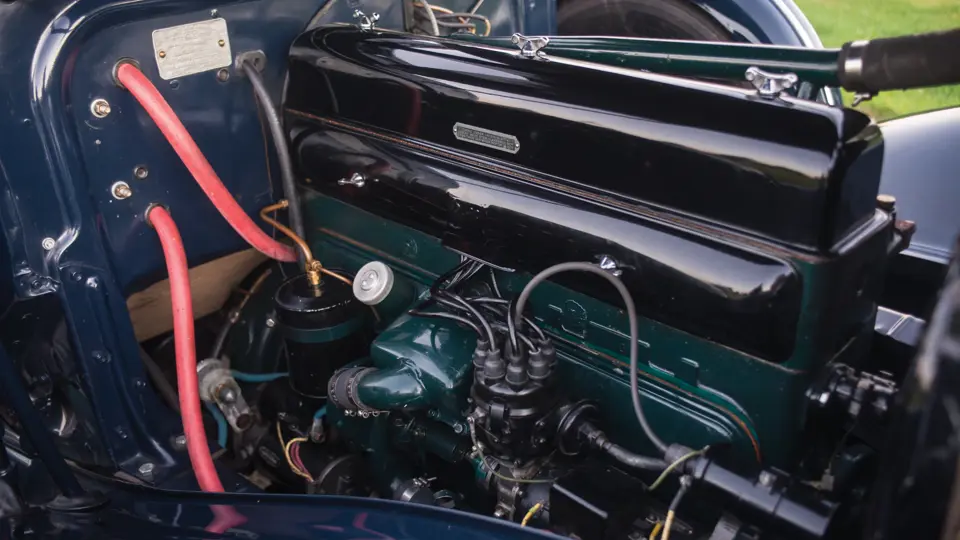




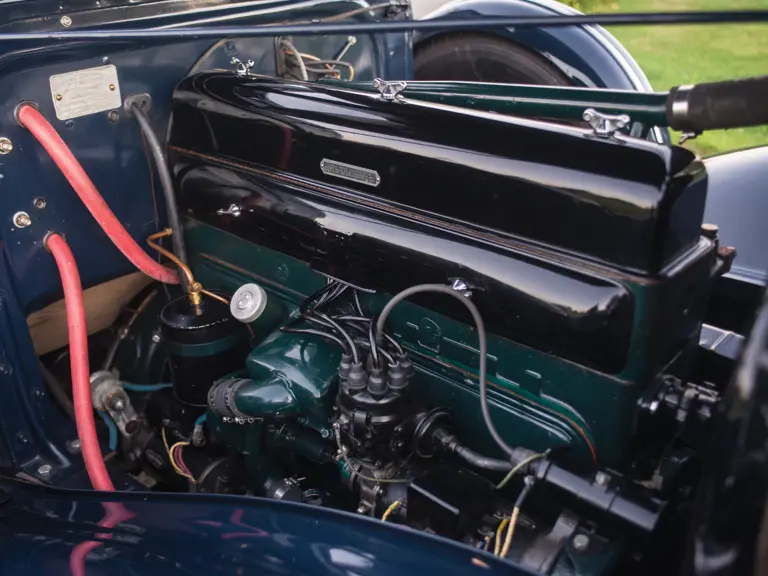


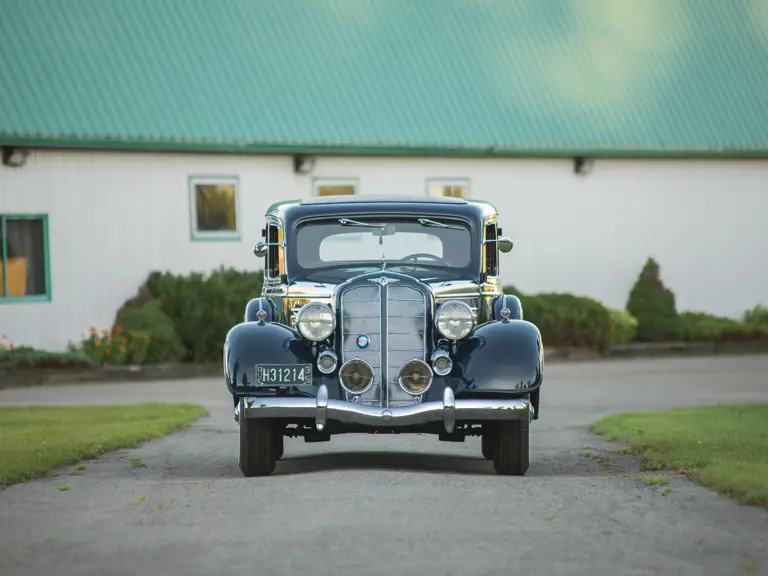

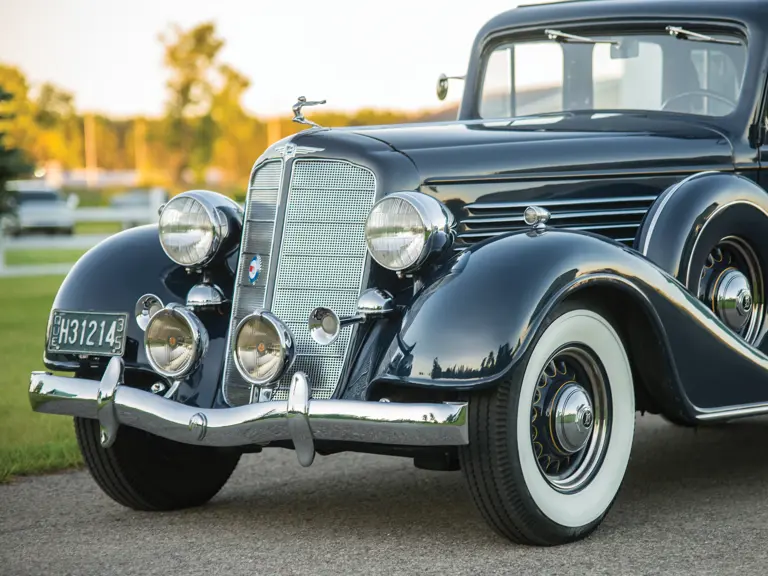

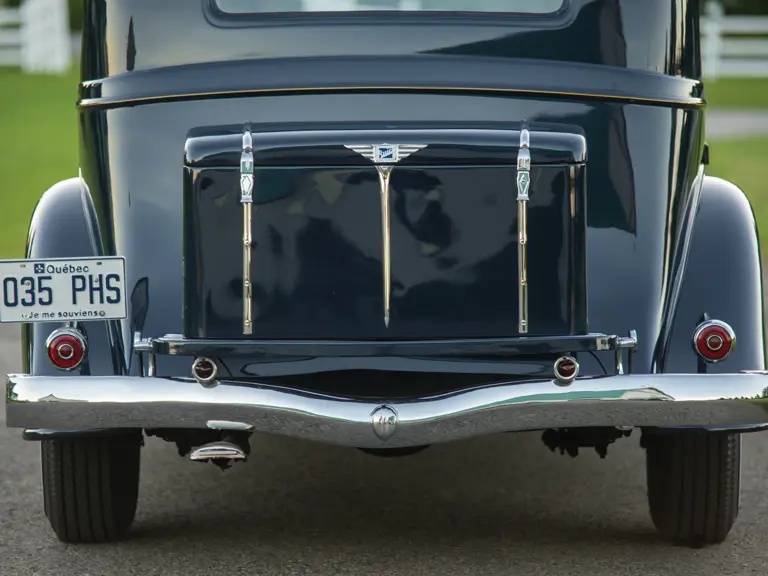
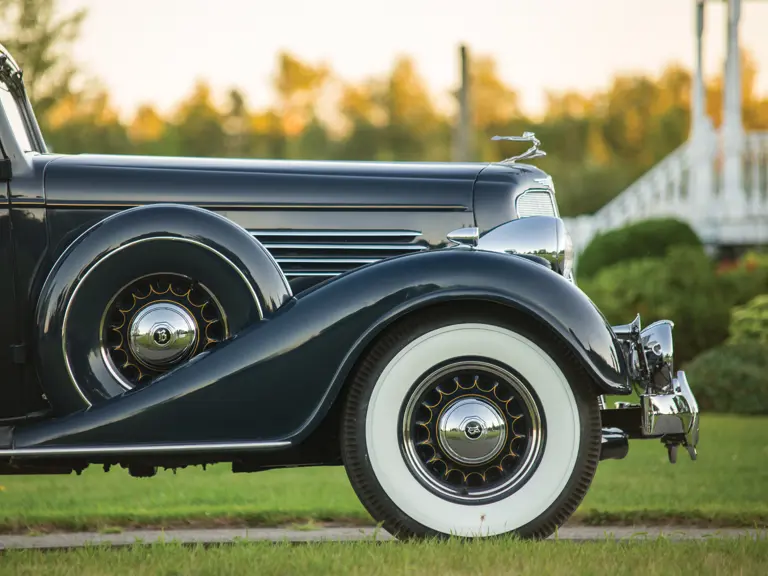

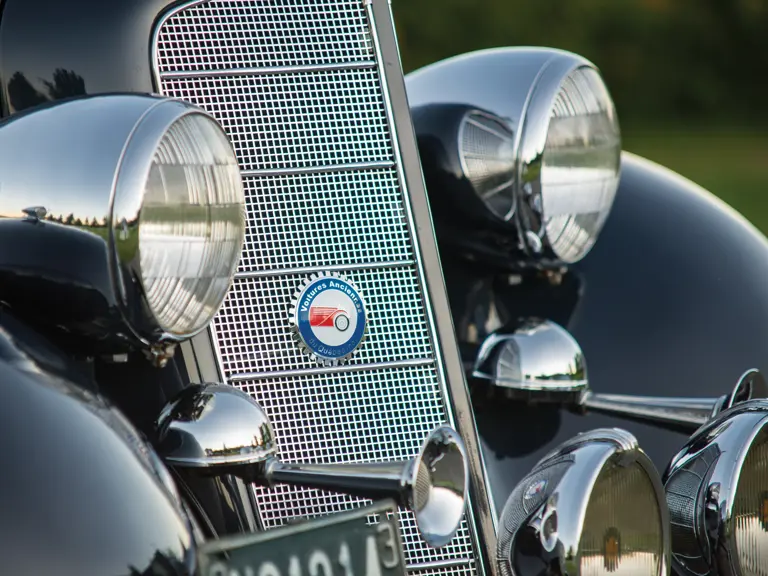
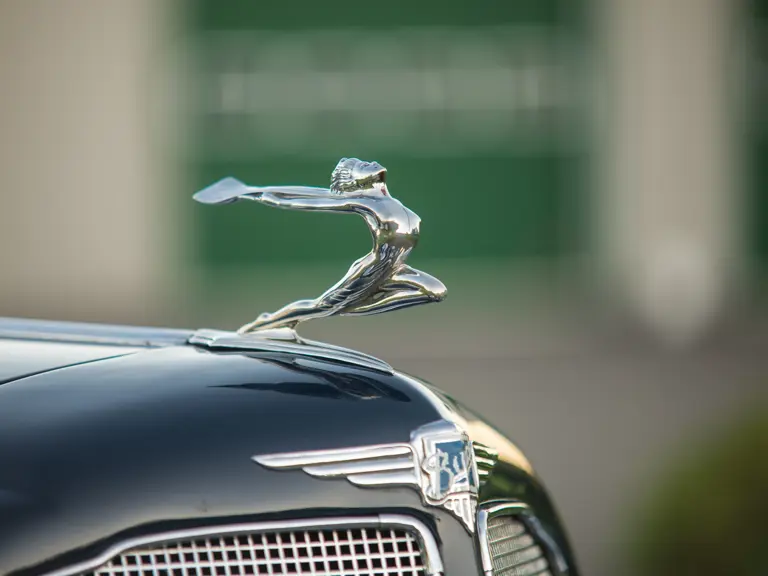
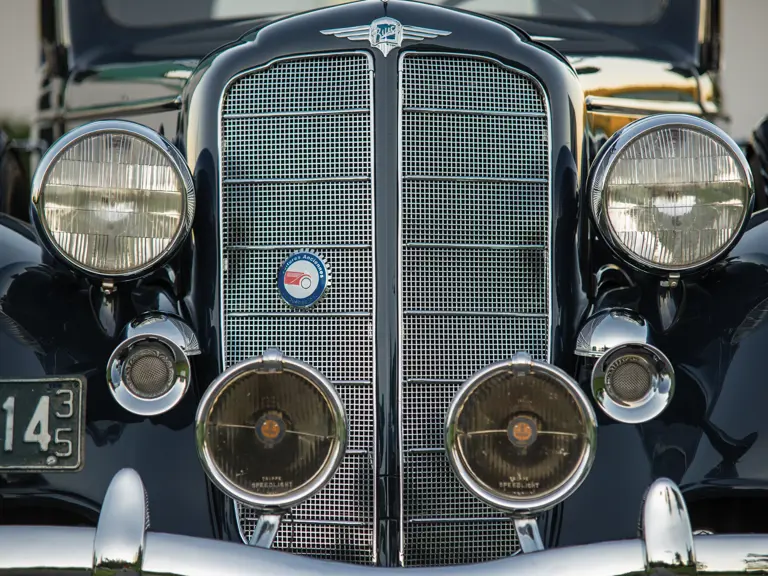
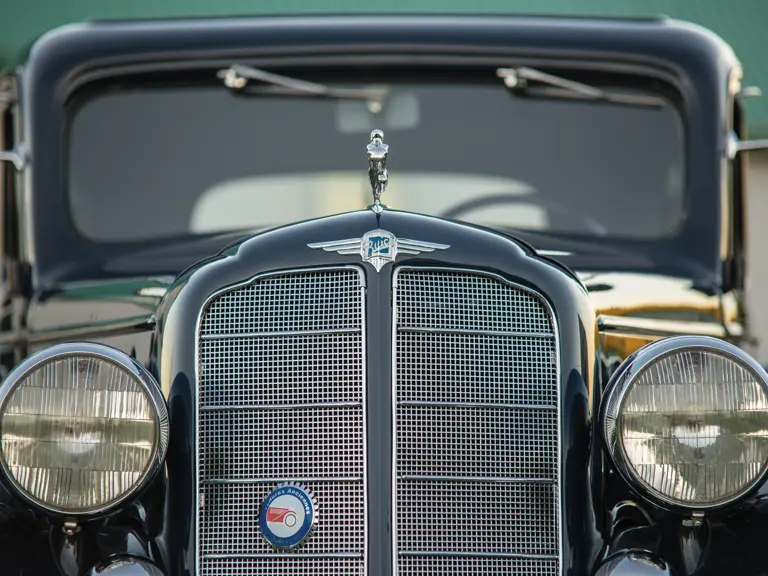
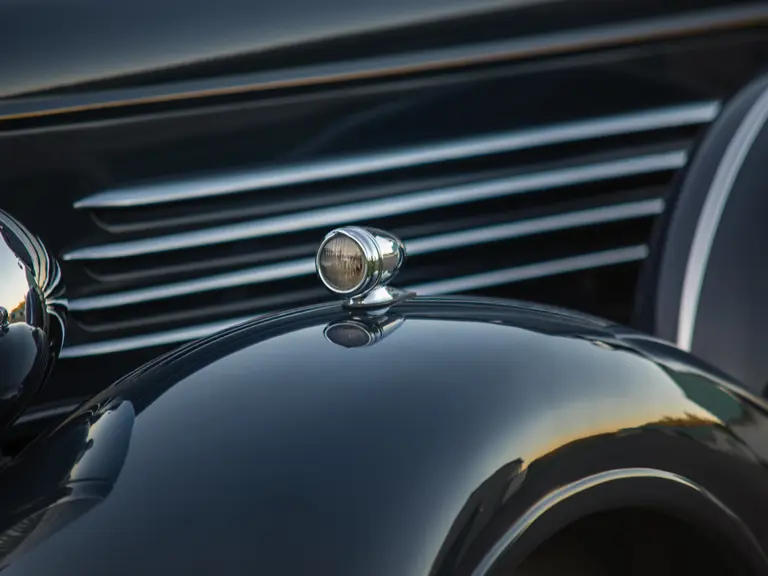
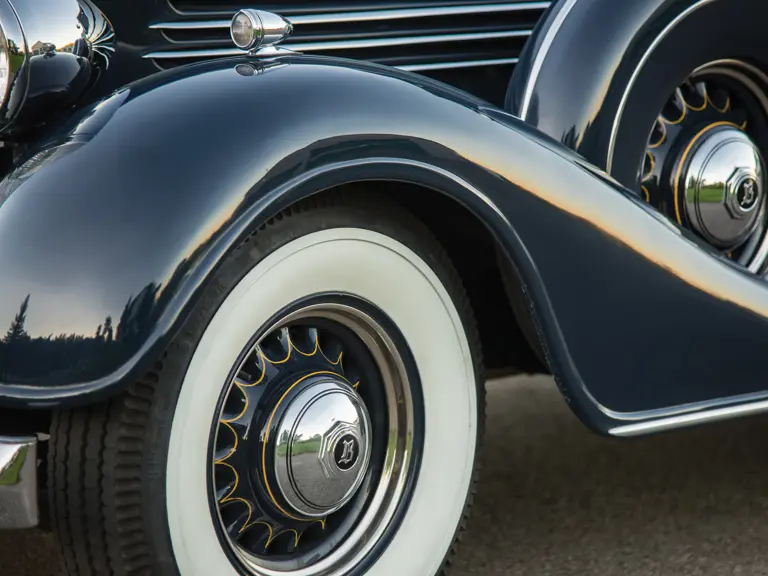
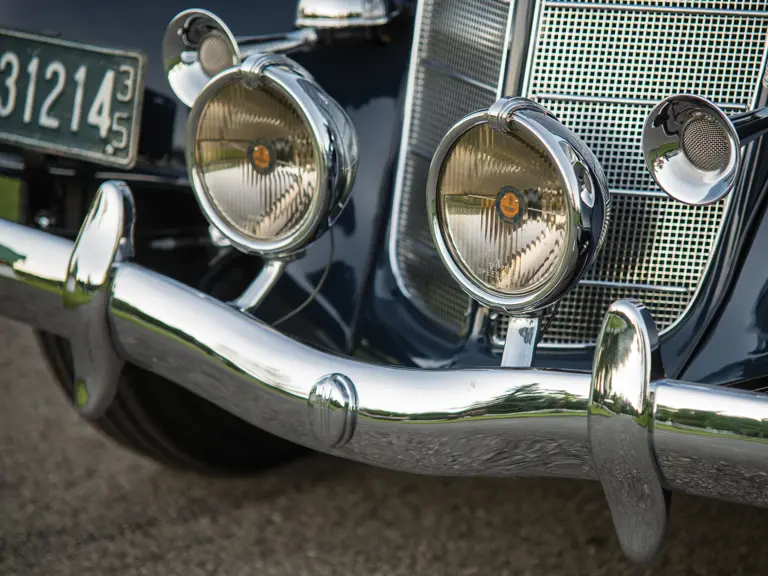
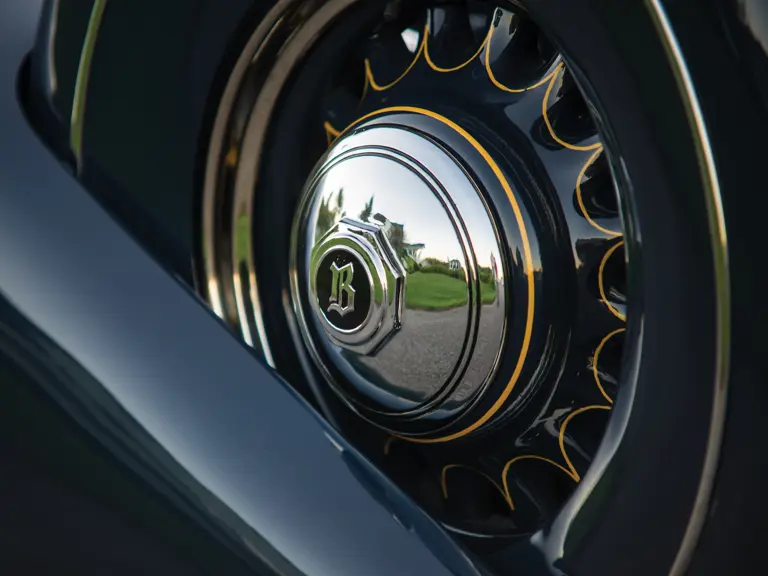

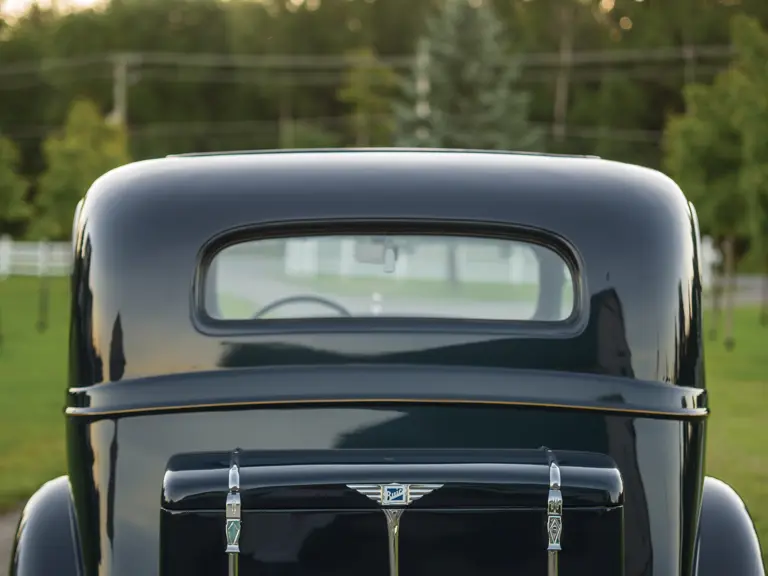

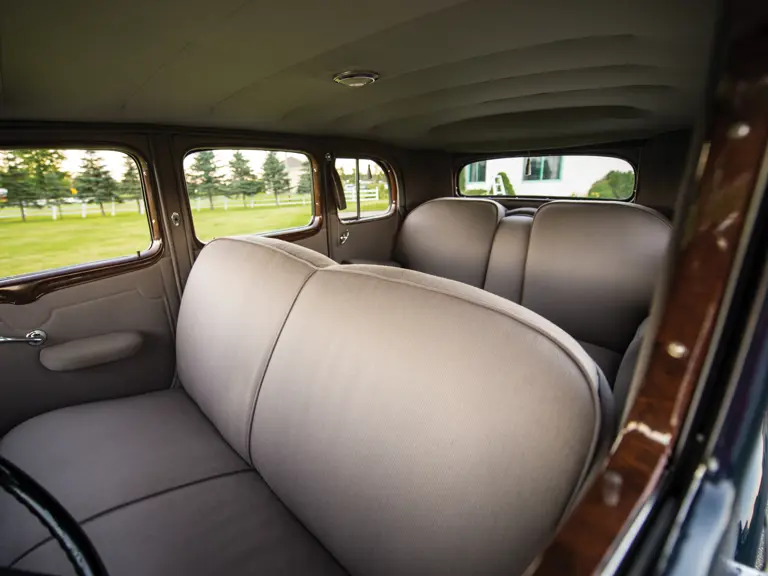
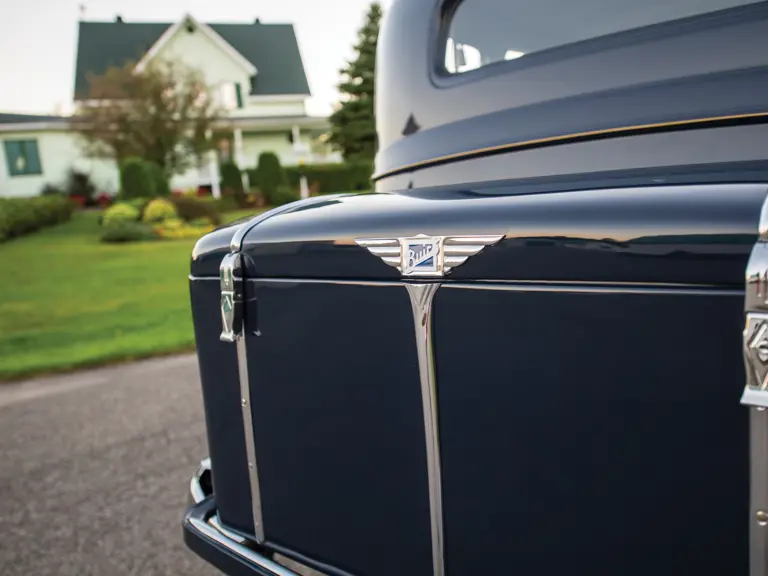
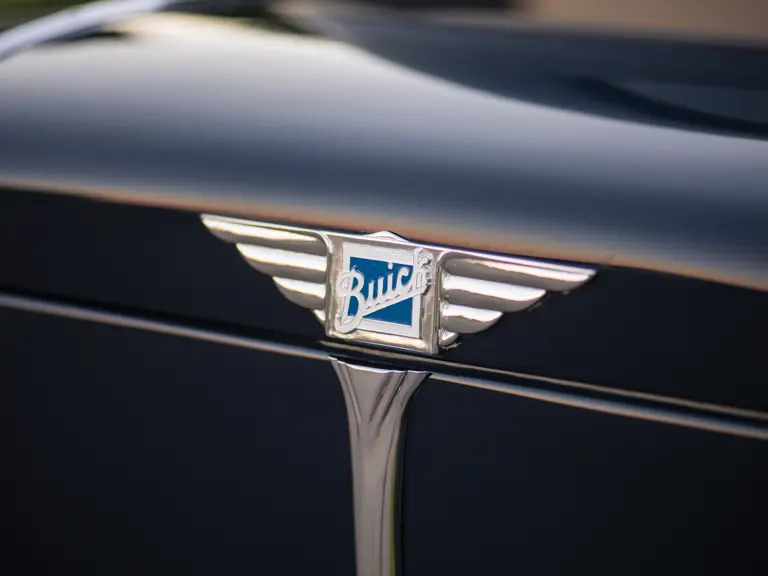
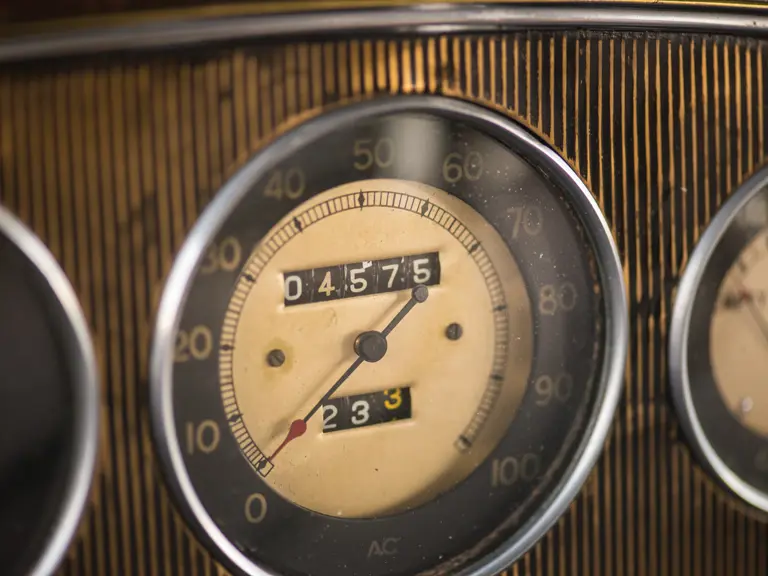

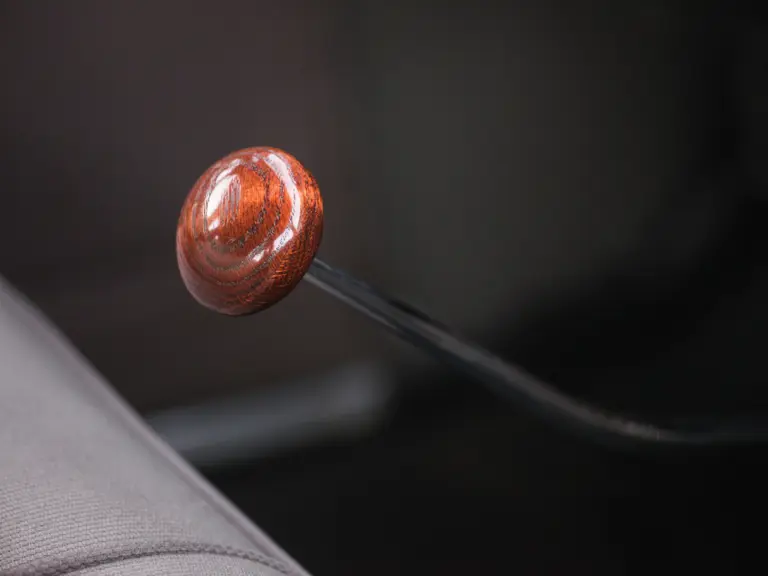
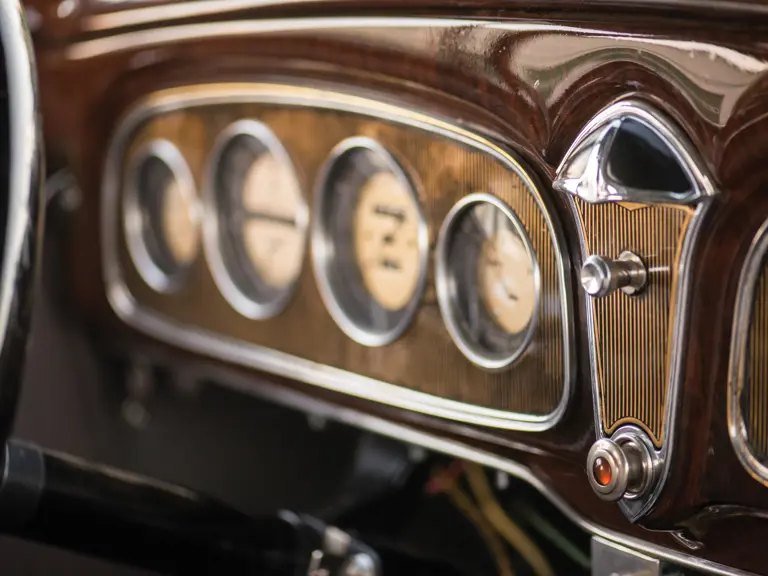
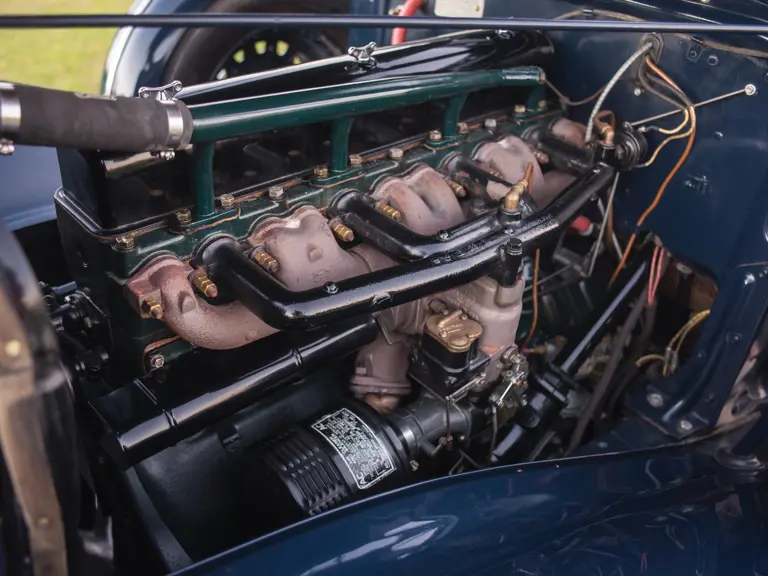
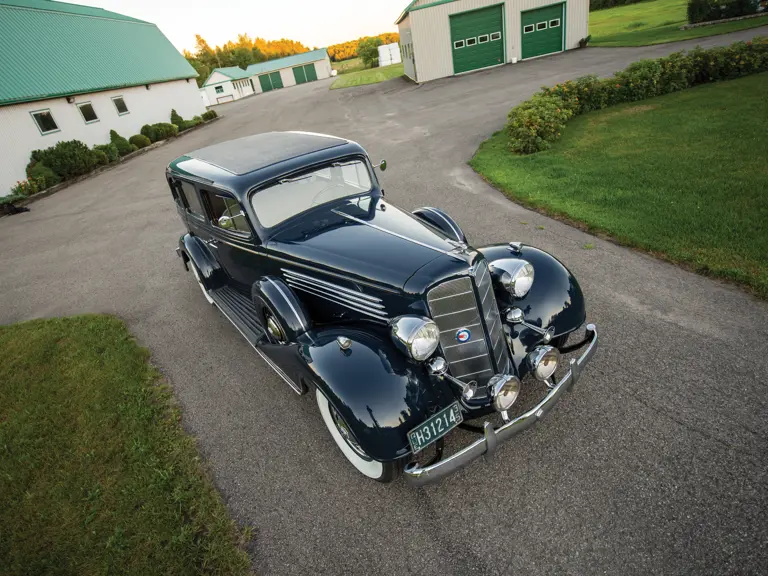
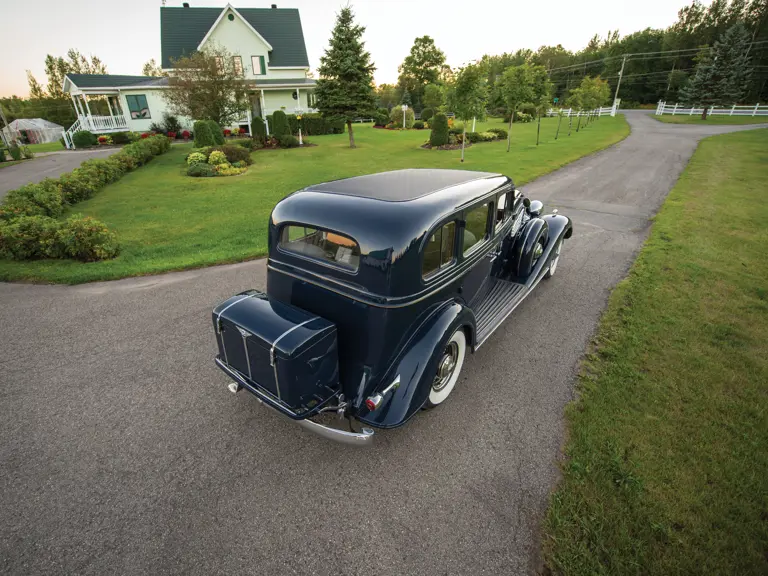
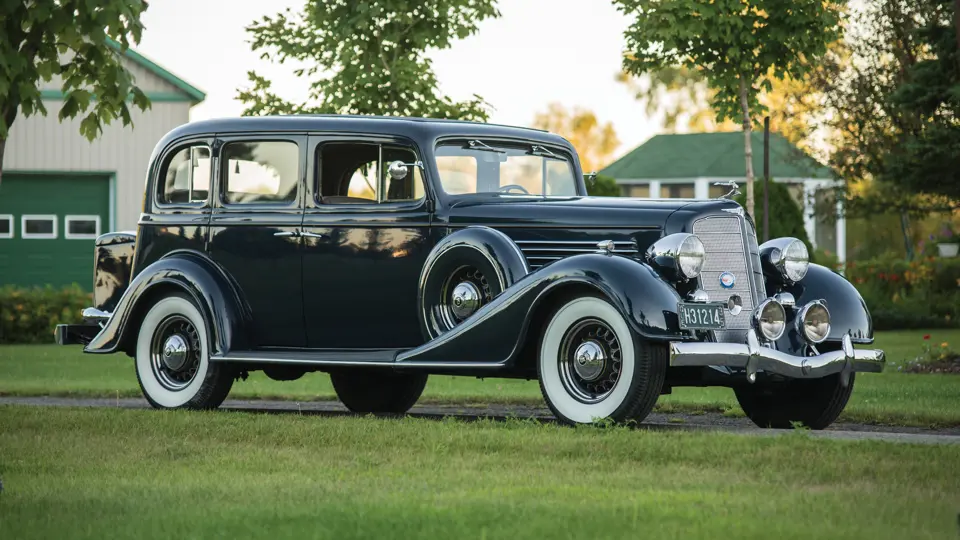
 | Hershey, Pennsylvania
| Hershey, Pennsylvania

